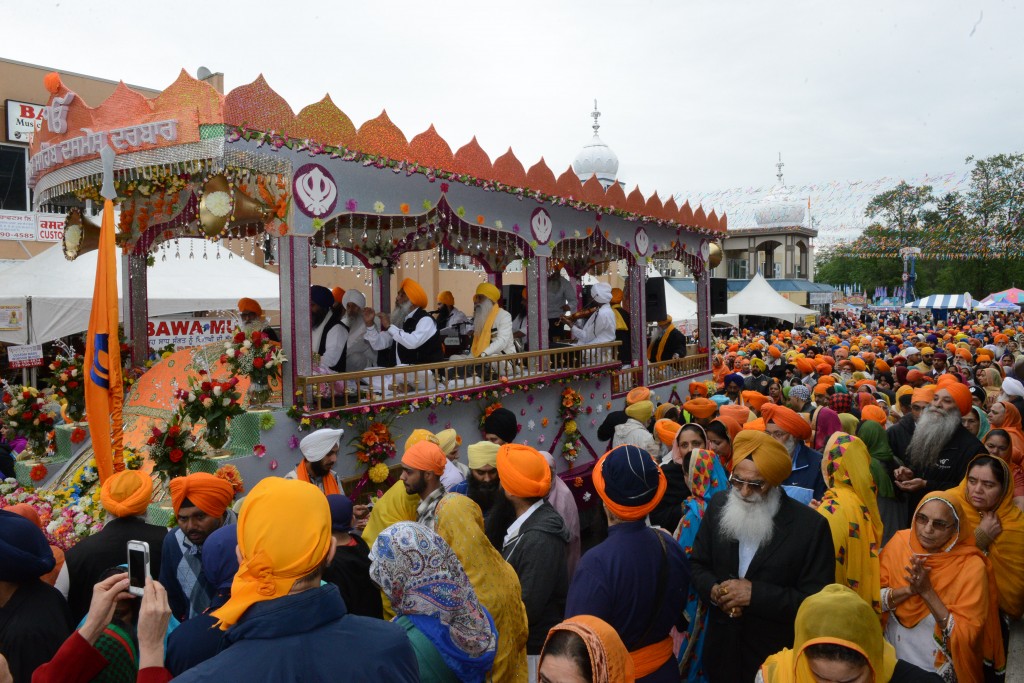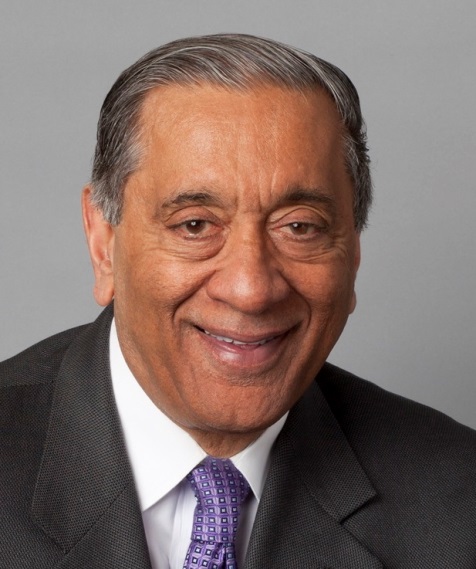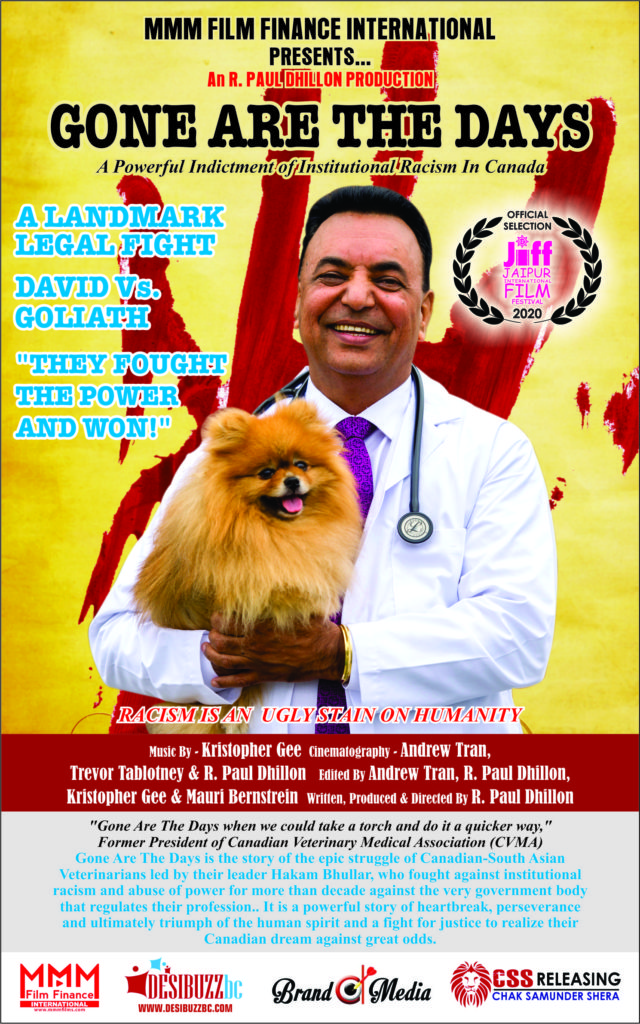DESIBUZZCanada
Events Listings
Dummy Post

International Day Of Yoga To Be Virtually Celebrated Saturday At 4pm

CANCELLED: Coronavirus Fears Kills Surrey’s Vaisakhi Day Parade

ADVERTISE WITH US: DESIBUZZCanada Is The Most Read South Asian Publication Online

SURREY LIBRARIES: Get Technology Help At Surrey Libraries

WALLY OPPAL: Surrey Police Transition Update On Feb. 26

GONE ARE THE DAYS - Feature Documentary Trailer

Technology Help At Surrey Libraries

Birding Walks

Plea Poetry/short Story : Youth Contest

International Folk Dancing Drop-in Sessions
Italian Auteurs Dominate The Top 10 Cannes Palme D’or Winners In Thr Critics List
- May 11, 2016



CANNES – The annual Cannes Film Festival, the biggest of all the film festivals, is once again upon us and The Hollywood Reporter (THR) critics sifted through all 69 past winners of Cannes' coveted top prize Palme d'Or. Interestingly, THR’s film reviewers’ list’s top 10 is dominated by Italian Auteurs, both from America and Italy, including 4 out of 5 directors in the top 5 being Italian, including DESIBUZZbc founder R. Paul Dhillon’s favorite all time director Martin Scorsese, who’s landmark Taxi Driver ranks 3rd among the 69 Palme d'Or winners.
Here is the list of the TOP 10:
#1 'The Leopard' (1963)
Luchino Visconti
20th Century Fox/Photofest
This Italian masterpiece represents a climactic synthesis of European classicism in literature, music and cinema. It also acutely personalizes the double-edged thematic treatment of romantic love and political upheaval that characterized Giuseppe Tomasi di Lampedusa’s novel. The film is at once so beautiful and moving that it overcomes even the lack of a definitive version; the superb restoration that premiered at Cannes in 2010 lacks the benefit of Burt Lancaster’s own English-language vocal performance, found only in the American dubbed version.
#2 'La Dolce Vita' (1960)
Federico Fellini
Astor Pictures/Photofest
Marcello Mastroianni’s iconic performance as a cynical modern Dante guides the viewer on a sprawling, episodic trip from the dome of St. Peter’s to the bowels of Via Veneto’s strip clubs. The film launched a sexy, new image of post-war Italy, though probably outdated even when the film came out. What’s eternal is Fellini’s melancholy realization that behind modern-day sin, redemption, distraction and the come-hither facade of the sweet life, there lurks only emptiness.
#3 'Taxi Driver' (1976)
Martin Scorsese
Columbia Pictures/Photofest
Scorsese’s masterwork likely would be described today as "the story of the radicalization of a marginalized youngster," underscoring the timelessness of Paul Schrader’s finest screenplay. Its most famous line — an incredulous "You talkin’ to me?" — suggests Travis Bickle’s primary desire: to simply talk to someone and be heard. But it’s Scorsese’s reliance on visuals and music to explore Bickle’s troubled psyche that make this descent into hell so profoundly disturbing.
#4 'Blow-Up' (1966)
Michelangelo Antonioni
MGM/Photofest
You could argue that, as with a great many auteurs, director Antonioni rightly won a Palme, but for the wrong film; most consider L’Avventura (1960) the stronger work. And yet, although its sexual politics may look embarrassingly dated, Blow-Up still has something timelessly eloquent to say about alienation, the bewitching emptiness of beauty and the unreliability of our senses. Bonus points for inspiring so many homages and imitations, from The Conversation and Blow Out to the Austin Powers franchise.
#5 'The Cranes Are Flying' (1958)
Mikhail Kalatozov
Warner Bros./Photofest
The only Soviet film to win the Palme d’Or, Georgian-born Kalatozov’s WWII-set love story still is capable of dazzling today with its exquisite, chiaroscuro lighting and bravura tracking shots across crowds of extras. Every face, even those just seen for a second, tells a story here of suffering, love and loss, but it’s the endlessly expressive visage of lead actor Tatiana Samoilova that really sticks with you.
#6 'The Cranes Are Flying' (1958)
Mikhail Kalatozov
Warner Bros./Photofest
The only Soviet film to win the Palme d’Or, Georgian-born Kalatozov’s WWII-set love story still is capable of dazzling today with its exquisite, chiaroscuro lighting and bravura tracking shots across crowds of extras. Every face, even those just seen for a second, tells a story here of suffering, love and loss, but it’s the endlessly expressive visage of lead actor Tatiana Samoilova that really sticks with you.
#7 'Viridiana' (1961)
Luis Bunuel
Kingsley-International Pictures Inc./Photofest
After more than two decades of exile, Surrealist maestro Bunuel returned to his native Spain to direct this tragic-comic parable of Catholic charity gone wrong. As a former aspiring nun hoping to do right by the servants of her inherited manor, Silvia Pinal finds herself at the mercy of a lecherous band of miscreants, who in one famous scene re-create Da Vinci’s The Last Supper as a drunken domestic’s frat party. Deemed “blasphemous” by the Vatican, this remains one of Bunuel’s sharpest, most sinful efforts.
#8 'The Conversation' (1974)
Francis Ford Coppola
Paramount Pictures/Photofest
Made in a flash between the first two Godfather movies, Coppola’s existential spy thriller has since become a pinnacle of the genre. As the aptly named audio expert Harry Caul, Gene Hackman channeled the paranoia of the Watergate years via his hero’s impossible quest for anonymity, in a film that would prophesize the limitless surveillance state of our internet age. The work of Walter Murch, who both edited and designed the sound, remains unsurpassed.
#9 'Taste of Cherry' (1997)
Abbas Kiarostami
Zeitgeist Films/Photofest
Kiarostami’s quiet masterwork (which shared the Palme with The Eel) offers up a highly literal interpretation of the Freudian death drive concept, following a middle-aged man as he cruises around the outskirts of Tehran in his jeep, trying to find someone to bury him after a possible suicide. As dark as that sounds, the Iranian auteur transforms this contemporary fable into a piercing meditation on natural beauty and the kindness of strangers, while a meta epilogue reminds us that this is only a movie.
#10 'Kagemusha' (1980)
Akira Kurosawa
Toho/Photofest
Set against the wars of 16th-century Japan, Kurosawa’s majestic samurai epic is still awe-inspiring, not only in its historical pageantry, but for imagery that communicates complex ideas about reality, belief and meaning. Francis Ford Coppola and George Lucas helped find American backing for this pet project about a common thief made to double for a dead warlord. This bitter parable is painted in the strong colors of Shakespeare, Noh theater and abstract modernism.
Here is the complete list of THR Critics’ ranking of the Cannes Palme d’Or Winners:
http://www.hollywoodreporter.com/lists/cannes-palme-dor-winners-ranked-891143/item/best-intentions-palme-dor-winners-891108






















